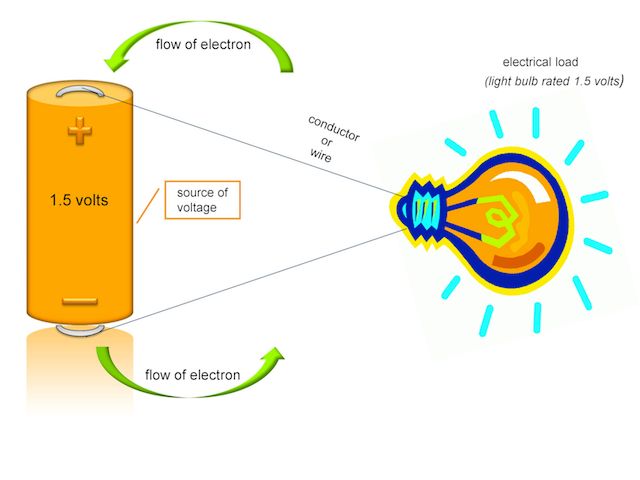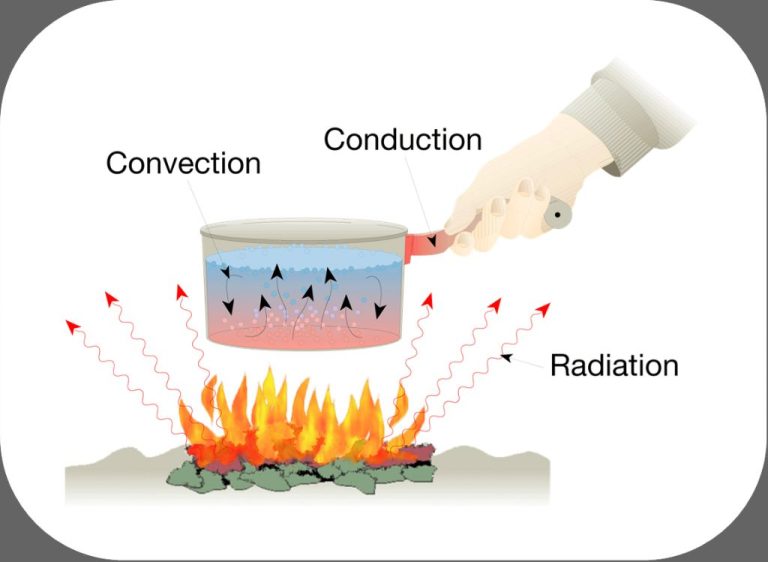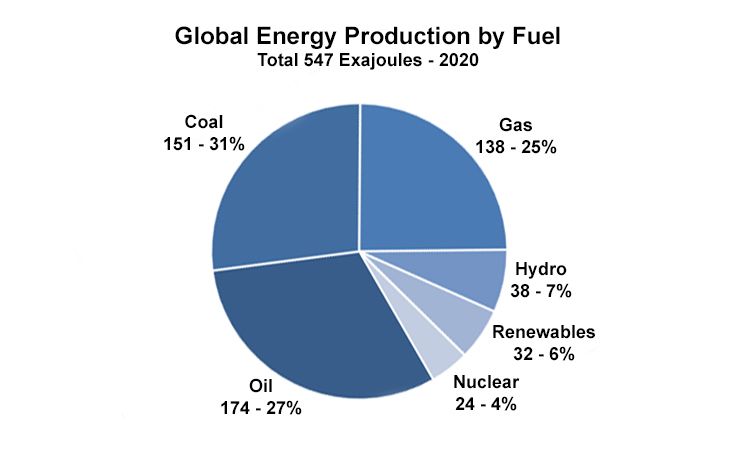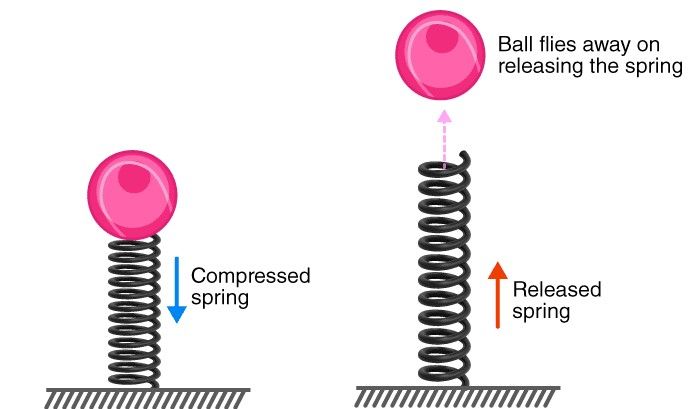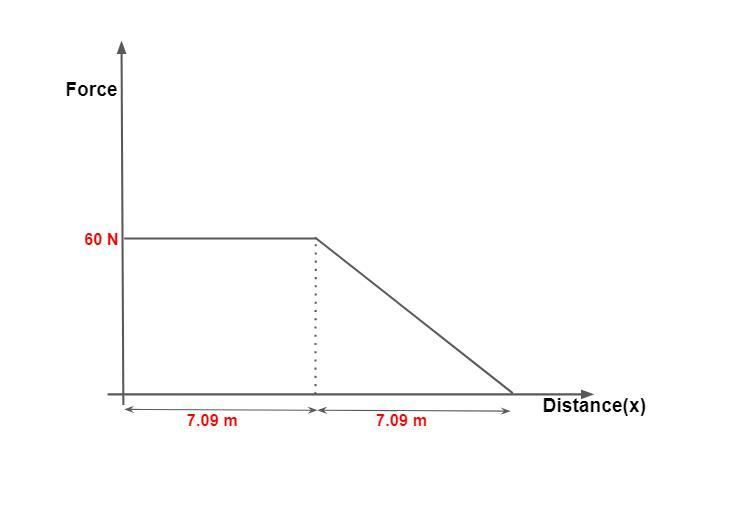At Which Point Has The Highest Kinetic Energy?
Kinetic energy is a concept in physics that refers to the energy of motion. It describes the amount of work needed to accelerate an object of a given mass from rest to its current velocity. Understanding the kinetic energy of objects is crucial for analyzing mechanical systems and processes.
Kinetic energy has wide ranging applications in fields like engineering, transportation, sports science, and more. Being able to calculate an object’s kinetic energy allows us to quantify and compare amounts of motion. Key concepts like conservation of energy also rely on accurate knowledge of kinetic energy.
This article will provide a thorough overview of kinetic energy. We’ll cover the kinetic energy formula, factors that influence kinetic energy, and examples of calculating it for real-world objects and systems. By the end, you should have a solid understanding of how to determine the kinetic energy of objects and how kinetic energy applies to mechanical processes.
Kinetic Energy Formula
Kinetic energy is defined as the energy an object possesses due to its motion. It depends on two physical quantities – the mass (m) and velocity (v) of the object.
The formula for kinetic energy is:
Kinetic Energy = 1/2 x m x v2
Where:
- m is the mass of the object
- v is the velocity of the object
This formula shows that as either the mass or the velocity increases, the kinetic energy increases exponentially. Specifically, kinetic energy is directly proportional to the mass – doubling the mass doubles the kinetic energy. However, kinetic energy is proportional to the square of the velocity – doubling the velocity increases the kinetic energy by a factor of 4.
Relationship Between Mass and Kinetic Energy
Kinetic energy depends directly on an object’s mass. The more massive an object is, the greater its kinetic energy will be at a given velocity. This relationship can be seen clearly in the kinetic energy formula:
KE = 0.5 x m x v2
Where m is mass and v is velocity. For a given velocity, increasing the mass results in a direct increase in kinetic energy. For example, a 2 kg object moving at 5 m/s has less kinetic energy than a 5 kg object moving at the same velocity. This is because the more massive object has more inertia or resistance to changing its state of motion.
To summarize, kinetic energy scales linearly with mass – double the mass and the kinetic energy doubles. This relationship holds true as long as the velocity stays constant. In practical terms, this means that heavier objects require more force to accelerate them because they have more kinetic energy. Understanding this connection is important for calculating kinetic energies in physics and engineering applications.
Relationship Between Velocity and Kinetic Energy
There is a direct relationship between the velocity of an object and its kinetic energy. This means that as an object’s velocity increases, its kinetic energy also increases. Kinetic energy can be calculated using the formula:
KE = 1/2 mv2
Where m is the mass of the object and v is its velocity. The key thing to notice in this formula is that velocity is squared. This means that if velocity doubles, kinetic energy will increase by a factor of 4. For example, if velocity increases from 5 m/s to 10 m/s, kinetic energy will go up from 12.5 J to 50 J. The faster an object moves, the more kinetic energy it possesses.
This direct relationship exists because kinetic energy is a measure of the motion and speed of an object. The faster it moves, the more energy it has in its motion. Velocity is directly tied to the object’s speed, so as velocity increases, the kinetic energy increases exponentially. This is why even small increases in velocity can result in large increases in kinetic energy.
Understanding this key relationship helps explain phenomena like why a car moving at 60 mph has 4 times as much kinetic energy as a car moving at 30 mph. The velocity squared term has huge implications for kinetic energy in motion.
Graphs of Kinetic Energy
Graphs are useful for visualizing how kinetic energy changes over time in different scenarios. Here are some examples:
Object Moving at Constant Velocity
For an object moving at a constant velocity, its kinetic energy will remain constant over time. The graph will show a horizontal straight line:

Object Speeding Up
For an accelerating object like a car speeding up, its kinetic energy will steadily increase over time as its velocity increases. The graph will show a line sloping upwards:

Object Slowing Down
For a decelerating object like a ball rolling on the ground and losing speed due to friction, its kinetic energy will decrease over time as its velocity decreases. The graph will show a downward sloping line:

Analyzing these types of graphs can provide insight into how an object’s kinetic energy changes in response to velocity changes over time.
Maximum Kinetic Energy
An object has maximum kinetic energy when it is moving at its greatest possible velocity. Kinetic energy is directly proportional to the mass and the square of the velocity of an object, as shown in the kinetic energy formula:
Ek = 1/2 x m x v2
Where m is mass and v is velocity. This means that increasing either the mass or the velocity of an object will result in an increase in its kinetic energy. However, kinetic energy increases exponentially with velocity while increasing linearly with mass. Doubling the velocity quadruples the kinetic energy, while doubling the mass only doubles the kinetic energy.
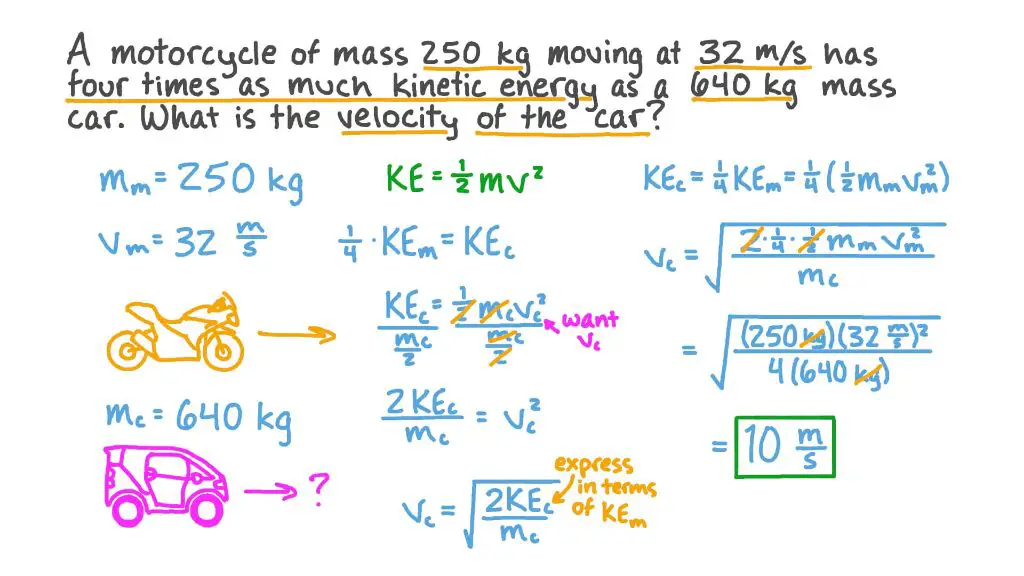
Therefore, an object will reach its maximum kinetic energy when its velocity reaches a maximum, regardless of its mass. The maximum velocity depends on the object and the situation. For example, a falling object will reach maximum velocity and maximum kinetic energy right before hitting the ground. The maximum velocity is called the terminal velocity. A car accelerating down a drag strip will reach maximum kinetic energy at the highest velocity it can achieve before the end of the track.
In summary, an object has the most kinetic energy when it is moving as fast as it can possibly move in a given situation. This occurs when velocity peaks, allowing the kinetic energy formula to output the highest possible value.
Examples and Applications
Kinetic energy has many real world examples that demonstrate the concepts in physics. Here are a few examples:
-
A ball thrown in the air – The ball has kinetic energy due to its motion. At the highest point when the ball stops briefly, all the kinetic energy has been converted to gravitational potential energy.
-
A rollercoaster going down a slope – As the rollercoaster descends, gravitational potential energy is converted to kinetic energy, increasing its speed.
-
A hammer hitting a nail – The moving hammer contains kinetic energy that allows it to drive the nail into the wood.
-
A bowling ball hitting pins – The moving bowling ball transfers its kinetic energy into the pins, knocking them over.
-
A car braking – The brakes remove kinetic energy from the moving car, slowing it down.
These examples demonstrate how kinetic energy depends on mass and velocity in physics and how it applies to real world situations.
Common Misconceptions
There are a few common misconceptions when it comes to understanding kinetic energy:
Kinetic energy depends only on mass
While it’s true that more massive objects will have greater kinetic energy at the same speed than less massive ones, kinetic energy also depends on the velocity of the object. The kinetic energy equation shows that doubling the speed of an object will increase its kinetic energy by a factor of 4 (because velocity is squared).
Kinetic energy is directional
Kinetic energy is a scalar quantity, meaning it has magnitude but no direction. The kinetic energy of an object moving at a certain speed is the same regardless of its direction of motion.
Kinetic energy applies only to moving objects
This is mostly true, but not entirely. For example, the molecules and atoms making up matter at rest still vibrate and move around randomly, so they possess some kinetic energy as well. But for most practical purposes, kinetic energy is associated with macroscopic motion of objects.
Only large, fast objects have a meaningful amount of kinetic energy
Small, slow moving objects can still have non-negligible kinetic energy, especially en masse. For example, air molecules have kinetic energy which contributes to atmospheric pressure and temperature. Understanding kinetic energy at small scales is important in fields like thermodynamics and chemistry.
Importance of Understanding Kinetic Energy
Kinetic energy is an important concept to understand in physics for several reasons:
First, kinetic energy allows us to quantify and calculate the energy contained within a moving object. This helps physicists analyze phenomena like collisions, projectile motion, rotation, and other types of motion. By understanding kinetic energy, we can predict and explain the behavior of physical systems.
Second, the study of kinetic energy reveals deep connections between different physical concepts. For example, kinetic energy is directly related to momentum – objects with more momentum will have more kinetic energy. Kinetic energy also depends on mass and velocity, two fundamental properties of matter. Recognizing these relationships allows physicists to develop a more unified understanding of physics.
Third, kinetic energy has many practical applications in fields like engineering, transportation, sports science, and more. Calculating kinetic energy is crucial for designing vehicles, predicting impacts, improving athletic performance, and keeping objects and people safe in motion. A solid grasp of kinetic energy aids in the effective application of physics principles to real-world situations.
Finally, kinetic energy provides insight into the invisible microscopic world. Atoms and molecules have kinetic energy resulting from their random thermal motions. This molecular kinetic energy manifests at the macroscopic scale as temperature. Understanding kinetic energy is key to explaining thermodynamics and statistical mechanics.
In summary, kinetic energy is a foundational concept in physics that interconnects motion, matter, and energy. Grasping kinetic energy theory allows deeper comprehension of the physical world and wider applications of physics knowledge.
Conclusion
In conclusion, kinetic energy is the energy of motion and depends on an object’s mass and velocity. An object with more mass or more velocity will have more kinetic energy. Kinetic energy increases exponentially with velocity, so velocity has a greater impact on kinetic energy than mass. The maximum kinetic energy occurs when an object has the highest velocity, such as at the bottom of a fall or the end of an acceleration. Understanding kinetic energy is important for analyzing collisions, momentum, work, and power across many scientific and engineering applications. By grasping the key factors that determine kinetic energy, we gain a fuller picture of motion and dynamics.

